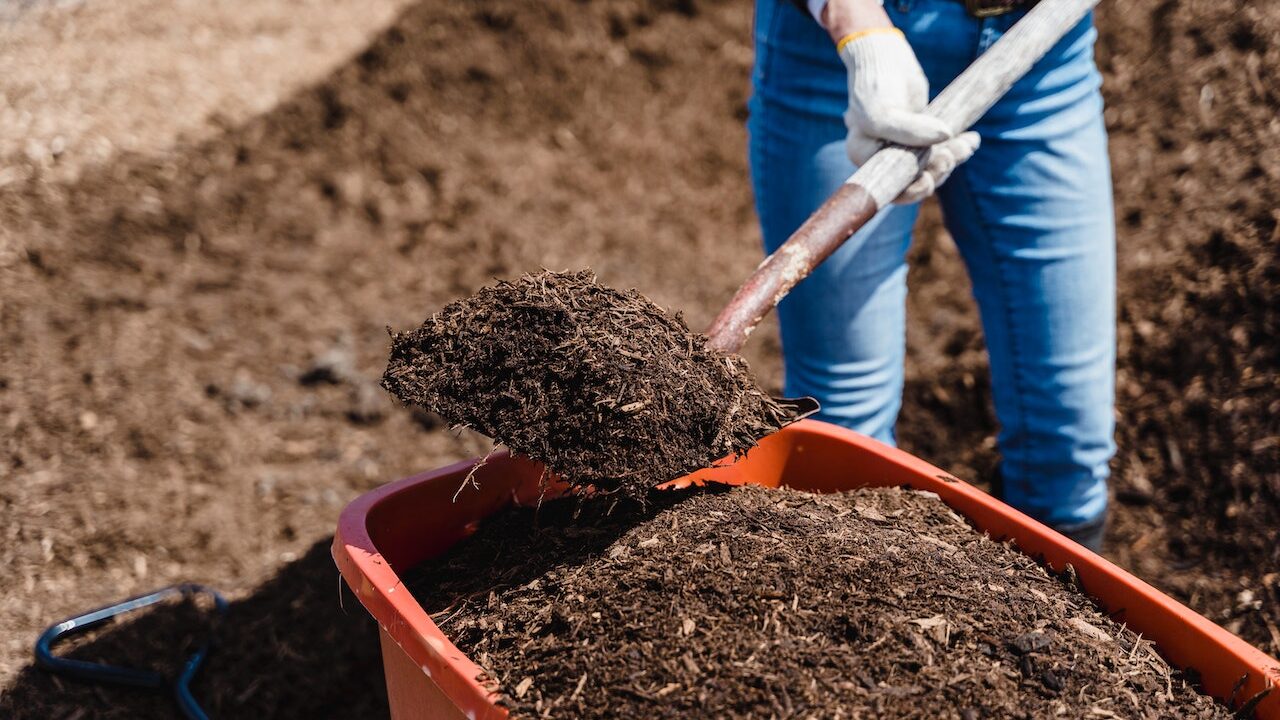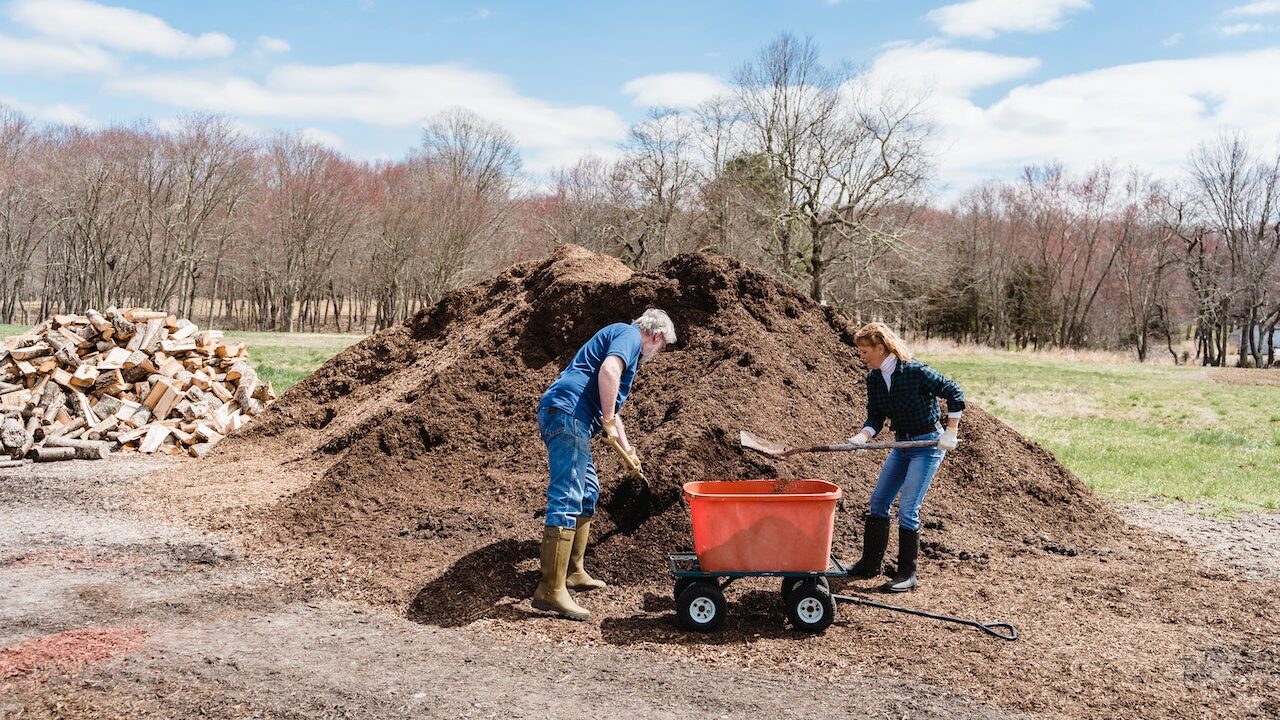Introduction:
Composting is a sustainable and eco-friendly approach to decrease trash and create soil that is rich in nutrients for your plants. It’s a simple, natural technique that offers numerous advantages while requiring little effort. In this essay, we have made an Ultimate Guide that will enable you to turn your kitchen and yard trash into precious metal.

Choose a Composting Method
Prior to beginning your project, it’s crucial to select a method that suits your demands and way of life. Traditional composting, vermi composting, and bokashi composting are the three most popular types of composting. Composting traditionally entails building a pile of organic waste and letting it break down over time. Worms are used in vermi composting to break down organic waste. Bokashi composting involves using bacteria to digest organic waste.
Choose a Composting Bin
You must select a composting bin after deciding on a composting strategy. Composting containers exist in a variety of sizes and designs, from home-made containers manufactured from recycled materials to beautiful containers purchased from a store. Pick a trash can based on what you need and can afford.
Choose a Composting Location
Pick a spot for your compost bin that is both easy for you to access and has good drainage. Additionally, the position ought to be distant from strong winds and sunlight.

Collect Composting Materials
Gather organic waste products like leaves, grass clippings, coffee grounds and leftover fruit and vegetable scraps from your kitchen and yard. Meat, dairy, and greasy foods shouldn’t be put in your compost bin because they can draw pests and impede composting.
Prepare Your Composting Bin
It’s time to set up your composting container after gathering your composting supplies. To offer aeration and drainage, add a layer of dry leaves or shredded paper to the bottom of the bin.
Add Composting Materials
Layer your organic waste products in your compost container with a dry material, such as shredded paper or leaves. To guarantee optimal aeration and decomposition, make sure to thoroughly mix the components.

Maintain Your Composting Bin
By routinely adding fresh organic waste materials and thoroughly blending them with the current components, you can maintain your composting container. To aerate the compost, turn it every several weeks while keeping it moist but not soggy.
Harvest Your Compost
Your compost will be ready for harvesting in a few months. The compost ought to smell pleasant and earthy and be black and crumbly. Sift out any large bits of material with a shovel or a compost screen, then use the compost in your garden.
Troubleshoot Common Composting Problems
Pests, a slow decomposition rate, and unpleasant odours are typical issues with composting. Adjust the moisture content, add more dry materials, stay away from adding meat and dairy products, and you can solve these issues.
Expand Your Composting System
After you have mastered the art of composting, you might want to add a worm bin or attempt bokashi composting to your system. By constructing a three-bin system or employing a tumbler, you can also compost in bigger volumes.
Conclusion
In conclusion, composting is an easy and efficient approach to cut waste and create nutrient-rich soil for your plant. You may establish a productive composting system that will be advantageous to you and the environment by following these 10 easy steps. So why not begin composting right now? Your garden will appreciate it.



